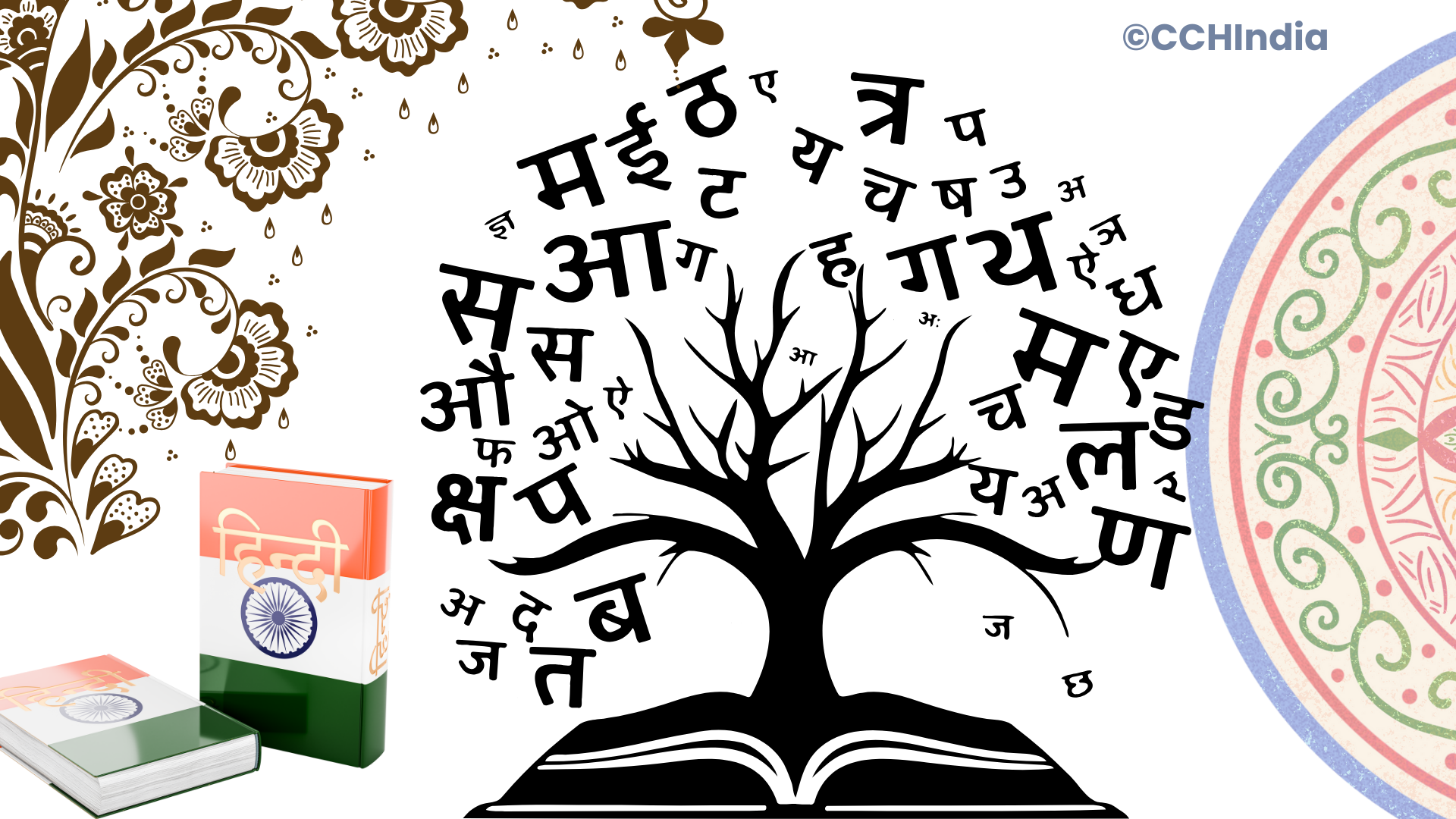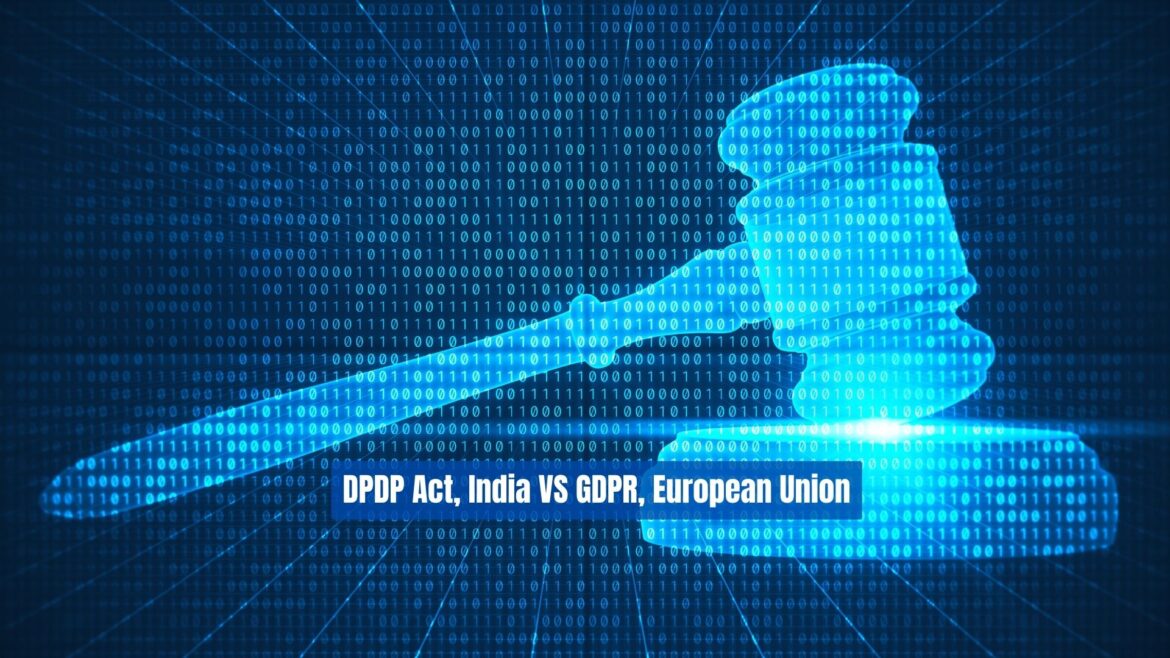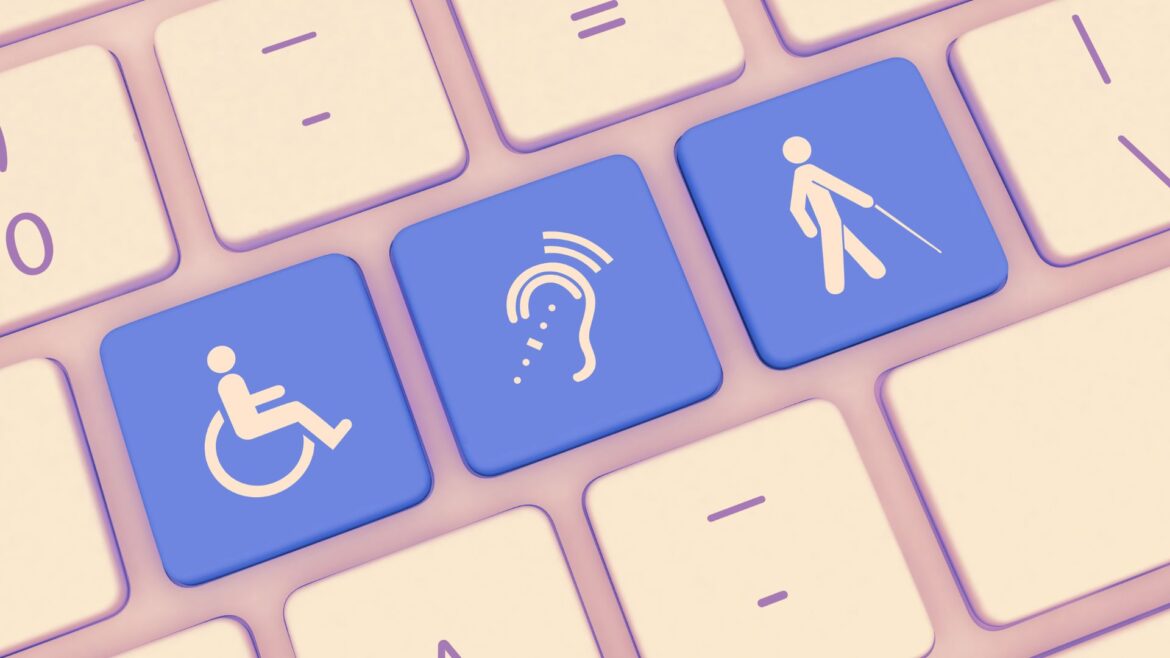You ever notice how our grandparents used to worry that Hindi would slowly fade away in the age of English? I remember hearing those late-night living room conversations — “Beta, aajkal sab English-English karte hain… kal ko Hindi bhool jaayenge.” And honestly, I kind of believed them. Because let’s face it, back then, if you wanted to look cool on the internet, English was the only ticket in.
But here we are in 2025, and guess what? Hindi is not just alive, it’s thriving — online, in apps, on keyboards, even in AI chatbots. Like, the same language we once thought would get pushed into the background is now flashing across Instagram reels, trending hashtags, and even showing up in tech company pitch decks. Wild, right?
Hindi memes and reels are the new Shakespeare 🎭
Let’s be honest — nobody’s reading poetry anthologies on Instagram. But they are scrolling through Hindi memes, one-liners, shayari captions, and those hilarious reels where someone mixes Hindi slang with Gen Z expressions. It’s chaos, but it’s beautiful chaos.
I’ve personally sent my friends memes in Hindi that just don’t land in English. Like, how do you even translate “Abe chal na!” into something with the same punch? You don’t. And that’s the magic — the internet has become Hindi’s playground.
From dusty typewriters to digital keyboards
Typing in Hindi used to be this big pain. Anyone remember those clunky typewriters with Hindi keys? My uncle had one, and the sound it made was like a mini earthquake. Now? You just switch your phone keyboard, glide your thumb, and boom — fluent Hindi typing with autocorrect (sometimes hilariously wrong, but hey, that’s part of the fun).
What’s even cooler is predictive text in Hindi. It feels surreal when your phone suggests words like “yaar” or “khaana” before you even finish typing. Like the phone gets you.
Hindi and global tech — an unexpected love story 🌍
This one blows my mind the most. Big tech companies — Google, Microsoft, Meta — they’re all bending over backwards to integrate Hindi into their platforms. Why? Because the market is massive. Millions of people who prefer Hindi over English are online every single day.
Even AI tools are learning Hindi. The first time I tried giving voice commands to my phone in Hindi and it actually understood me… I legit smiled like a proud parent. “Arre wah, ab technology bhi Hindi bolti hai.”
And now, think about it: voice assistants, translation tools, even coding tutorials with Hindi explanations on YouTube. Suddenly, Hindi isn’t just a local language — it’s part of the global tech conversation.
So where’s this going?
I don’t know about you, but I feel a weird kind of pride when I see Hindi hashtags trending worldwide. It feels like the language that raised us, the one we sometimes mocked in school for being “uncool,” has reinvented itself.
Sure, English still rules certain spaces. That’s not going to change overnight. But Hindi has carved out a space online where it’s not just surviving — it’s vibing, growing, and shaping the way millions communicate daily.
And maybe that’s the real digital transformation. Not fancy algorithms or billion-dollar investments. Just a language finding its rhythm in the chaos of the internet.
Because honestly? Hindi is not going anywhere. If anything, it’s just getting started. 🚀






